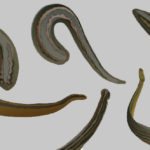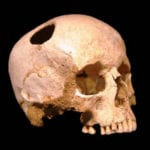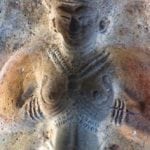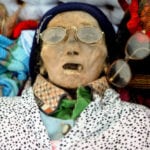 Crime
Crime  Crime
Crime  Technology
Technology 10 Hilariously Over-Engineered Solutions to Simple Problems
 Miscellaneous
Miscellaneous 10 Ironic News Stories Straight out of an Alanis Morissette Song
 Politics
Politics 10 Lesser-Known Far-Right Groups of the 21st Century
 History
History Ten Revealing Facts about Daily Domestic Life in the Old West
 Weird Stuff
Weird Stuff 10 Everyday Products Surprisingly Made by Inmates
 Movies and TV
Movies and TV 10 Actors Dragged out of Retirement for One Key Role
 Creepy
Creepy 10 Lesser-Known Shapeshifter Legends from Around the World
 Animals
Animals 10 Amazing Animal Tales from the Ancient World
 Gaming
Gaming 10 Game Characters Everyone Hated Playing
 Crime
Crime 10 Terrifying Serial Killers from Centuries Ago
 Technology
Technology 10 Hilariously Over-Engineered Solutions to Simple Problems
 Miscellaneous
Miscellaneous 10 Ironic News Stories Straight out of an Alanis Morissette Song
Who's Behind Listverse?

Jamie Frater
Head Editor
Jamie founded Listverse due to an insatiable desire to share fascinating, obscure, and bizarre facts. He has been a guest speaker on numerous national radio and television stations and is a five time published author.
More About Us Politics
Politics 10 Lesser-Known Far-Right Groups of the 21st Century
 History
History Ten Revealing Facts about Daily Domestic Life in the Old West
 Weird Stuff
Weird Stuff 10 Everyday Products Surprisingly Made by Inmates
 Movies and TV
Movies and TV 10 Actors Dragged out of Retirement for One Key Role
 Creepy
Creepy 10 Lesser-Known Shapeshifter Legends from Around the World
 Animals
Animals 10 Amazing Animal Tales from the Ancient World
 Gaming
Gaming 10 Game Characters Everyone Hated Playing
10 Ancient Medical Practices We Thankfully Abandoned
Ancient cultures have been practicing healing arts for as long as we have written historical records. Many of these practices eventually led us to the modern medical standards we appreciate today. Although they paved the way for modern medicine, some of those practices were not only counterproductive and harmful, but they were often quite odd. Thankfully, all of the following have fallen out of use.
10 Cutting Teeth
France

The term “cutting teeth” isn’t only an idiom that means learning basic skills in a new line of work; it used to be a medical practice. When a baby starts to grow teeth, we call this teething, but this word comes from a medical practice that began in France in the 16th century. When a baby’s teeth would begin the process of coming through the gums, doctors would take a scalpel and slice open the tissue over the teeth to allow them to come through. Cutting teeth began in France but eventually spread throughout Europe and into the United States.
The practice began with French doctor Ambrose Pare, who examined the corpse of a child in 1575. “When we diligently sought for the cause of his death, we could impute it to nothing else than the contumacious hardness of the gums . . . when we cut the gums with a knife we found all the teeth appearing . . . if it had been done when he lived, doubtless he would have been preserved.” Unfortunately, the practice of cutting teeth was performed until the early 20th century, though it was a hotly debated medical topic. It is unknown how many children died from teething, but the lack of sterile tools and the trauma inflicted on the young children often resulted in death.
9 Mouse Paste
Egypt
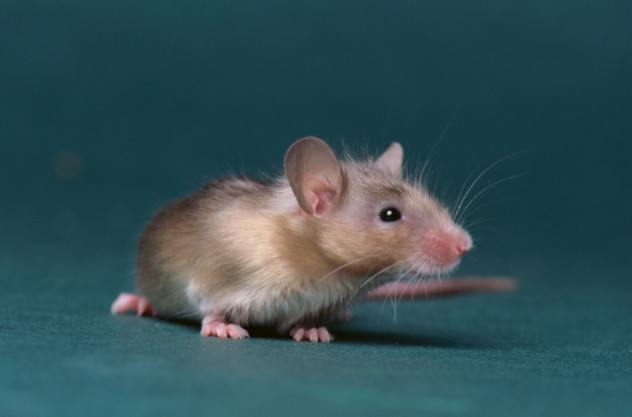
In ancient Egypt, many people who suffered from common ailments such as toothaches or earaches found that mice were the best answer to their problems. Toothaches were especially common in Egypt due to the prevalence of sand in their diet. Sand would get into almost everything, including food. Because of the grittiness of the sand, eating it would often wear down the enamel covering the tooth, which exposed the nerves and blood vessels.
For some reason, the Egyptians decided that dead and often festering mice were an effective remedy for this problem. The dead mice would be mashed into a paste and applied to the afflicted area. For serious toothaches, a whole dead mouse would simply be applied directly to the tooth. Common sense tells us that this treatment cannot have worked in curing the aching tooth, and it most likely caused more problems. Applying rotting tissue to exposed nerves and blood vessels is a pretty good way to turn a tiresome pain into a full-blown infection.
8 Clay Consumption
Greece
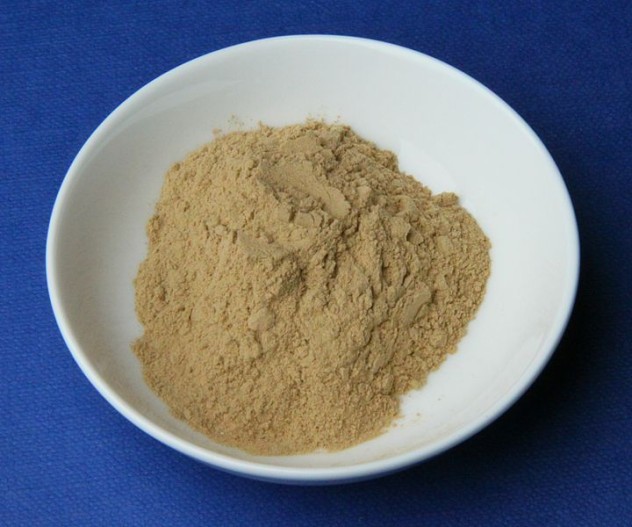
In ancient Greece, it was a common practice to consume a particular type of clay that was found on the Greek island Lemnos called terra sigillata. Disks of clay were exported and sold as a medical remedy for stomach problems and diarrhea.
While some people do still consume clay today for their own strange reasons, most people don’t recognize clay consumption as a viable medical practice. That being said, the clay found on the island of Lemnos contains kaolin and bentonite. These two elements are used in modern medicines to treat patients suffering from diarrhea. People like Hippocrates wrote about the benefits of ingesting this type of clay, and as it turns out, the most famous classical physician was correct—at least in the identification of healing properties through the consumption of the special clay. Similarly, bark from the willow tree is used today to make aspirin. This was also likely identified by the likes of Hippocrates, so while it is good that we don’t eat clay all that often, we do benefit from the ancient practice any time we have a touch of Montezuma’s Revenge.
7 Retribution Or Compensation
Mesopotamia
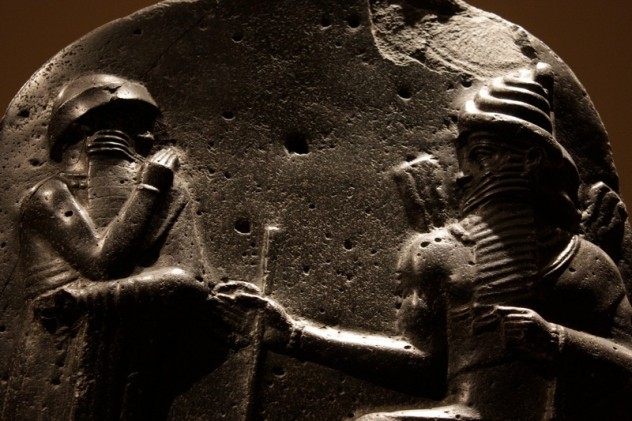
In Mesopotamia around 1700 B.C., King Hammurabi created a codex of laws, some of which may already be familiar, like “An eye for an eye and a tooth for a tooth.” Interestingly, when a surgeon performed a successful operation, he was awarded an appropriate amount of shekels relevant to the patient’s standing in the community. A failed or botched surgery might result in the loss of the doctor’s hand if the patient were of high standing and did not survive.
There were several types of doctors in ancient Mesopotamia. The ashipu, or sorcerer, would identify the patients’ ailments and determine which evil spirits inhabited them. They would then either prescribe spells or charms to expel the evil spirit or refer the patient to an asu, a physician. These physicians would apply herbal remedies and plaster casts to wounds.
The Code of Hammurabi directed retribution or compensation for surgeons only if they used a knife in their practice. This limited surgical options due to the understandable reluctance of a surgeon to cut a patient for fear of succumbing to the same fate. Since there was no prescribed retribution for non-surgical attempts, the asu treated their patients homeopathically more often than surgically.
6 Have Some Poo
Egypt
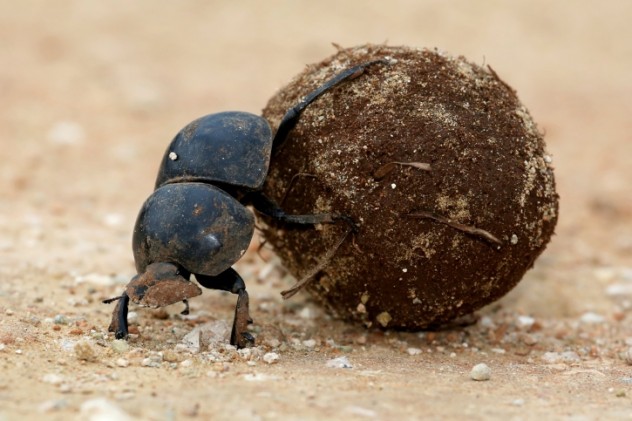
When we get eye infections these days, our first thought isn’t to rub animal dung into our eyes. The ancient Egyptians couldn’t say the same. The treatment for many ailments was, in fact, to rub the dung of various animals onto a wound or infection. Additionally, a mixture of dung and other ingredients was administered orally for myriad diseases and ailments. The dung of pigs, donkeys, lizards, and even children was used as an ingredient in various medicinal salves and oral treatments throughout ancient Egypt. One of the goals of Egyptian physicians was to create pus, which they believed was therapeutic in treating an infection. We now know that pus is merely a sign of infection, but the Egyptians were quite pleased with its presence.
Fortunately, we no longer rub poop into our eyes and wounds, but modern physicians do use feces in several medical treatments. To combat Clostridium difficile, which causes severe diarrhea and thousands of deaths per year, doctors implant feces into a patient’s bowels to replace the beneficial microbes lost during the course of the infection. New developments in this practice have led to the creation of frozen poop pills, which allow for the same treatment without the need to collect feces from a willing donor at the time of the procedure.
5 Partial Tongue Removal
Europe
 Hemiglossectomy is a medical procedure that involves the removal of part of the tongue. It is practiced today for patients suffering from ailments such as oral cancer. The treatment works well in removing cancerous tissue, though it results in a visible deformity of the tongue. Fortunately, there are plastic surgeries and methods for improving the quality of life of patients who undergo hemiglossectomies.
Hemiglossectomy is a medical procedure that involves the removal of part of the tongue. It is practiced today for patients suffering from ailments such as oral cancer. The treatment works well in removing cancerous tissue, though it results in a visible deformity of the tongue. Fortunately, there are plastic surgeries and methods for improving the quality of life of patients who undergo hemiglossectomies.
Unfortunately for patents in 18th- and 19th-century Europe, the treatment was less about dealing with cancer and all about correcting a stutter or stammer. That’s right—doctors thought that the best way to treat someone with a stutter was to cut off half of his or her tongue. Since this clearly didn’t work to fix a stutter and many patients died as a result infection and blood loss, you have to wonder how many times this was done before someone decided that it just didn’t work.
4 Tobacco
North America
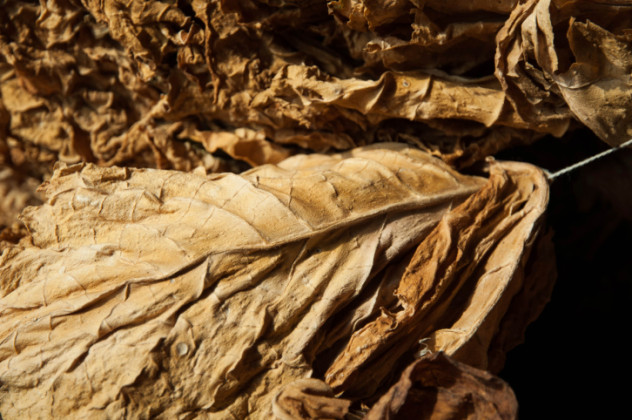
For Native American societies, tobacco was considered one of the best medicinal remedies for anything from chronic pain to tuberculosis. The leaves were smoked, eaten, or ground up and applied topically. Today, we don’t think of tobacco as a healthy thing. We have known for decades that smoking tobacco leads to ailments like lung cancer and cardiovascular diseases, but the tobacco in cigarettes is laced with an incredibly high amount of chemicals. The tobacco used by the Native American population for medicinal purposes was pure.
Even pure, tobacco is still a dangerous plant and can be hazardous when used medicinally. Doctors in the 19th century believed that the plant was capable of treating a number of ailments—ringworms, constipation, hernias, infections—when taken orally or rectally, or applied externally.
That being said, nicotine and tobacco are addictive substances. We don’t advocate their use, especially for medicinal purposes. If you would like to quit smoking, research smoking cessation and ask your doctor for help.
3 Grub Salves
Aboriginal Australia
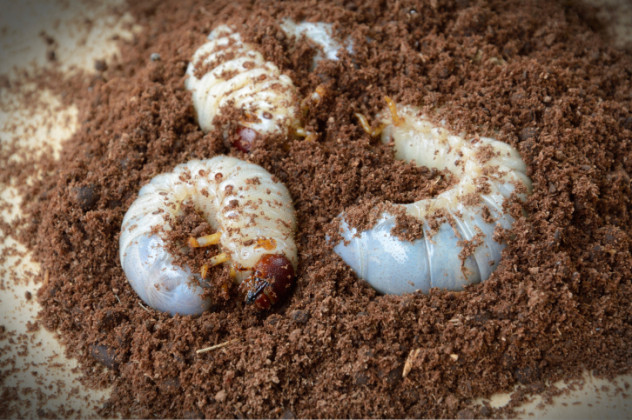
The ancient Aboriginal Australians would grind up the grub worms of the witchetty moth (Endoxyla leucomochla) and use them as a salve for skin lesions and wounds. They would pack the crushed worms into any cut or abrasion that required healing. The paste made from the grub worms would actually help in the healing process. Once packed into a wound, a bandage would then be applied and the combination would keep out air and bacteria, which aided in healing.
Today, the grub is not used medicinally like it used to be, but it has become a staple in many aboriginal diets. Present-day Aborigines harvest and cultivate the moths. “Moths were cooked in sand and stirred in hot ashes, which singed off the wings and legs. Moths were then sifted on a net to remove their heads. In this state, they were generally eaten, although sometimes they were ground into a paste and made into cakes.” The grubs are considered a delicacy and if you ever visit one of these tribes, expect to be offered one. It is considered rude to refuse, so be prepared to chow down on one of these little buggers!
2 Counter-Irritation
Worldwide
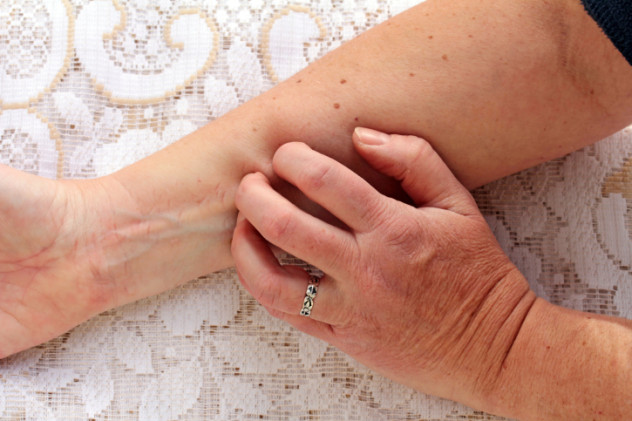
The practice of counter-irritation makes a little bit of sense. When you scratch an itch, you are producing a counter-irritation to your skin; essentially causing a new irritant which is less painful or annoying than the initial itch you needed to scratch. In ancient medical practice, counter-irritation was far more nefarious. When someone sustained an injury, it was common practice to cut into the injury further and often reopen the wound on a daily basis to pour various concoctions into it—all in the hope that the new irritant would help to relieve the patient of the old irritant.
There are some modern examples of counter-irritation in medicine and homeopathy, like acupuncture. “Some proponents argue that the needles may stimulate the release of pain-killing natural chemicals, relax tense muscles, or inhibit the conduction of pain through counter-irritation. “
Additional examples of counter-irritation that are no longer recognized as medically viable are inserting a patient’s inflamed limbs into anthills. If no anthills were available, practitioners used to create blisters with a hot iron or acid. Another method of “Counter-irritation involved making a saw-shaped wound and inserting dried peas or beans into it. The doctor would then ensure the wound remained open, keeping it from healing, from weeks to months, replacing the peas and/or beans as necessary.” Leeches were also used as a means of bloodletting topically, orally, and vaginally to relieve “sexual excitement” in women.
1 Castration
Assyro-Babylonia

Medicine wasn’t always a science. In ancient Assyria and Babylon, it was more of a magical and spiritual exercise. Castration wasn’t a normal practice of the Assyrians or Babylonians outside of medicine. Generally, the removal of the testes was performed by a physician for one of a number of reasons, but the most common was to allow men to work in the harem as eunuchs. This wasn’t always voluntary. Unlike the harems in Turkey, which required the removal of both the penis and testicles, the Assyrians and Babylonians only required the removal of the testicles. Removal wasn’t necessarily always done and on occasion, “testicles were crushed or damaged in such a way as to destroy the function of the seminal ducts.” (Getting them removed is one thing, but the idea of having them crushed ought to make your stomach turn.)
The practice of castration was solely done by medical professionals only as a last resort and almost entirely for the creation of a eunuch. The Assyrians and Babylonians were very concerned with the nature of male genitalia because they were aware that they were integral in human reproduction.
In Assyria, it was a severe criminal act to damage a man’s testicles. If a woman were to crush a man’s testicle in a fight, she would have a finger cut off. If both testicles were damaged, both of her nipples would be torn off.
Castration isn’t normally performed for medicinal purposes any longer, but it has been administered via chemical castration as punishment for sexual crimes.
I am an amateur graphic artist, illustrator, and game designer with a few independently-published games through my game company, TalkingBull Games. I enjoy researching and writing about history, science, theology, and many other subjects.
